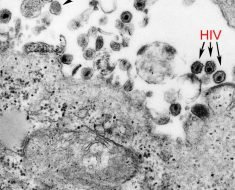
Restricting blood transfusion guidelines may save both lives and money, according to a study presented at CHEST 2019, the annual meeting of the American College of Chest Physicians, held from Oct. 19 to 23 in New Orleans.
Divyajot Sadana, M.D., from the Cleveland Clinic, and colleagues retrospectively reviewed the medical records for all patients admitted to the medical intensive care unit requiring packed red blood cell (PRBC) transfusion in 2015. The authors evaluated patient characteristics and outcomes as well as adherence to guidelines for PRBC transfusions.
The researchers found that during the study period, 3,140 units were transfused (888 patients during 1,009 admissions). Twenty-three percent of patients had underlying coronary artery disease, 21 percent had cirrhosis, 28 percent were on renal replacement therapy, and 14 percent were anticoagulated. There were 60 specific indications for PRBC transfusion that were categorized as acute blood loss (54 percent), chronic blood loss (37 percent), and acute hemolysis (9 percent). The mean pretransfusion hemoglobin was 6.75 g/dL; on discharge, the mean hemoglobin value was 8.21 g/dL. Pretransfusion hemoglobin values were ≥7 g/dL in 30.1 percent of PRBC transfusions. Hospital mortality among patients who received PRBCs was 23.3 percent, but it was higher in those who received at least one PRBC with a pretransfusion hemoglobin ≥7 g/dL (26.2 versus 20.8 percent).
Source: Read Full Article





